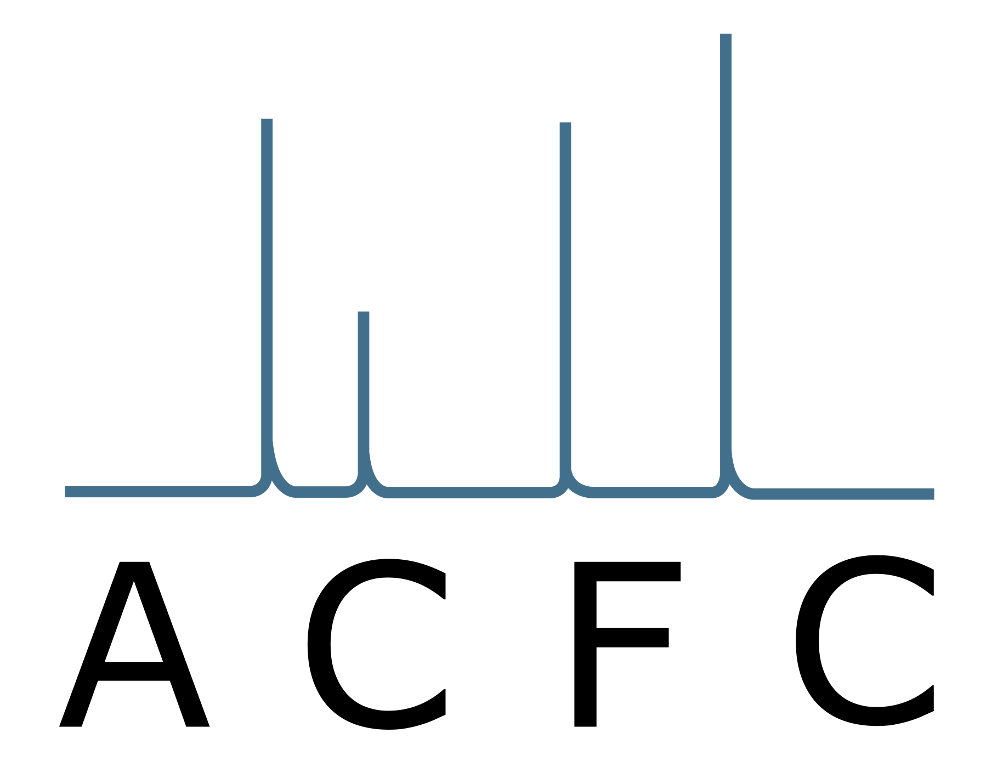
Horizon 2020: EUROoC - Interdisciplinary training network for advancing Organ-on-a-chip technology in Europe
EUROoC will create a trans-European network of industrially oriented specialists fully trained in development and application of the emerging Organ-on-a-chip (OoC) technology. OoC technology is advancing at breath taking pace due to its potential impact in drug development and personalised treatments of disease. EUROoC comprises a collection of innovative research projects addressing the development of advanced OoC systems with higher physiological significance going beyond current in vitro testing. The EUROoC project will create advanced OoCs, which closely recapitulate properties of the respective organ tissues in vivo regarding cell types, microenvironment, organ-specific tissue
Read more [...]

FFG: Next generation upconversion nanomaterials for bioimaging with approved nanosafety by microfluidic cell assays
NextGenUpcon sets out to improve luminescence upconversion nanomaterials to facilitate their wider application in energy systems, barcodes, diagnostics, and biomedical research. Rare earth doped upconversion luminescent nanomaterials (UCNM) are new fluorescent materials and undergo anti-stokes emission processes, where the long-wavelength pump sources (typically 980 nm or 808 nm) are upconverted to short-wavelength luminescence ranging from the deep-UV to the Near-Infrared (NIR).Read more [...]

EU-FP 7: STEMM-CCS - Strategies for Environmental Monitoring of Marine Carbon Capture and Storage
Carbon dioxide Capture and Storage (CCS) has been identified as an important mitigation strategy to reduce anthropogenic carbon dioxide (CO2) emissions and thereby combat the rising levels of atmospheric CO2 responsible for global climate change and ocean acidification. CCS is seen as a key contribution to reducing anthropogenic greenhouse gas emissions by 80-95% by 2050 and keeping global temperature increases below 2°C, as outlined in the European Commission’s ‘Roadmap for moving to a competitive low carbon economy in 2050’.Read more [...]
ERC: OXYGEN - How oxygen regulates the structure and function of microbial ecosystems
Our aim is to develop and use cutting-edge high-sensitivity oxygen detection systems to explore how oxygen regulates the metabolism of aerobic and anaerobic organisms in experimental systems and in nature. We will explore and understand the complex structure of low oxygen ecosystems on the present Earth, and the evolution of these ecosystems through time in the face of changing concentrations of atmospheric oxygen.Read more […]
CHEBANA - Chemical Bioanalysis
Chemical Bioanalysis aims for retrieving selective information out of complex biological systems. Sensors, probes and devices are the future tools of medicinal diagnostics, environmental monitoring, food analysis and molecular biology.Read more […]
ERA-NET: Magnetic Nanosensor Particles with Luminescence Up-conversion Capability
The joined research project aims to investigate multi-functional nano particles for optical chemical and biochemical sensing. The beneficial functionalities combined in one nano particle include: magnetism, luminescence up-conversion, sensing and light harvesting.Read more […]
Indicators for long-wave excitable luminescent sensors
The project is focused on designing luminescent sensors which can be interrogated with long-wave emitting light sources. To realize this, novel red-light excitable oxygen indicators and fluorescent pH indicators are synthesized and characterized.Optimization of Optical Glucose Sensors for Monitoring Critically Ill Patients
The continuous monitoring of blood glucose concentrations is beneficial to reduce the morbidity and mortality of critically ill patients. Therefore, an optical enzymatic glucose sensor was developed.Optical ammonia sensors with detection limits in the ppb range
Sensitive and selective sensor materials for on-line monitoring of gaseous and dissolved ammonia are developed in this research project. The survey of the ammonia concentration in drinking and surface waters for environmental analysis, fish farms.Database of fluorescent dyes, properties and application
The objective of Fluorophores.org is to provide an accurate, high valuable and comprehensive catalogue of fluorescent (luminescent) dyes, their properties and application. The initiators intend to create a useful tool for scientists working with fluorescence.Read more […]
ISOTEC- Integrated organic optical sensor arrays
The research project, as a part of the ISOTEC Cluster project, established an integrated organic optical sensor platform suitable for the parallel detection of multiple parameters in an array format.Read more […]
Comprehensive Study of the Effects of Sterilisation procedures on Sensor Materials
Sterilisation is a main precondition for the application of sensors and bio-sensors in different application areas. However, data of the effects of sterilization on the sensor materials is sparse.Nano- and microsensors for the application in biofilms
Due to the ubiquity of biofilms in nature it is of great interest to understand their metabolism and the interaction of the different parts and organisms inside a biofilm. For this porous optical thinlayer and nano sensors are used to investigate the oxygenation and other parameters with high spatial resolution on the surface or even within the biofilm itself.Lise Meitner-Program: Optical multi-analyte sensors
This project is aimed to realize optical multy-analyte sensors that are capable of simultaneous measurement of 4 parameters. Three chemical parameters (pH, pO2 and pCO2/pNH3/salinity) are determined and combined with optical compensation for the temperature effects.Closed Loop Insulin Infusion for Critically Ill Patients
The research group is envolved in this EU project of 6th Framework Programme. In brave, Clinicip has the aim to develop a low-risk monitoring and control system which allows to maintain metabolic control of critically ill patients in the intensive care unit.Read more […]
Sugar responsive fluorescent nanospheres
In this research project we develop sugar responsive nanosensors based on the osmotic presure driven swelling of an amphiphilic polymer. The volume transition is tracked by resonance energy transfer (RET) of co-polymerized donor and acceptor dyes.Read more […]
